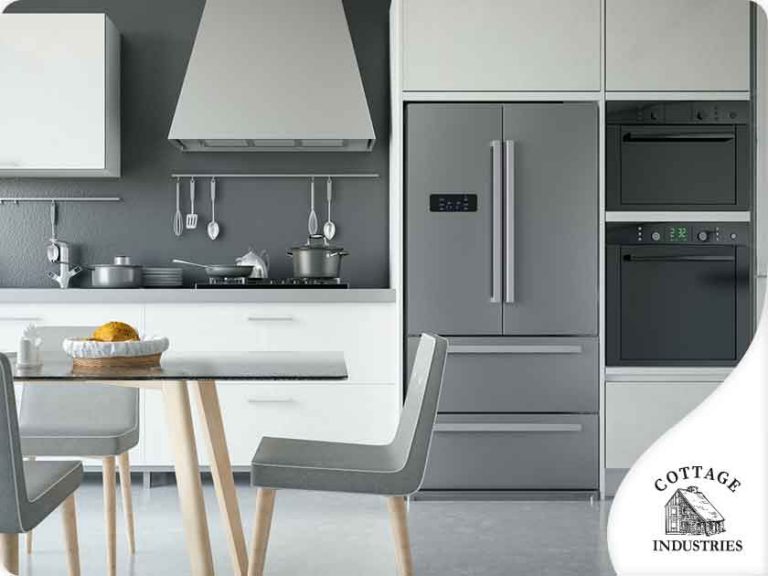Kitchen remodeling is one of the most popular and exciting home improvement projects today because the kitchen is one of the most often-used spaces in the house, and giving it a spruce up is never a bad idea. If you are looking to update your kitchen, you are in luck! We’ve asked the leading design experts and retailers about kitchen design trends that are projected to dominate 2021.











